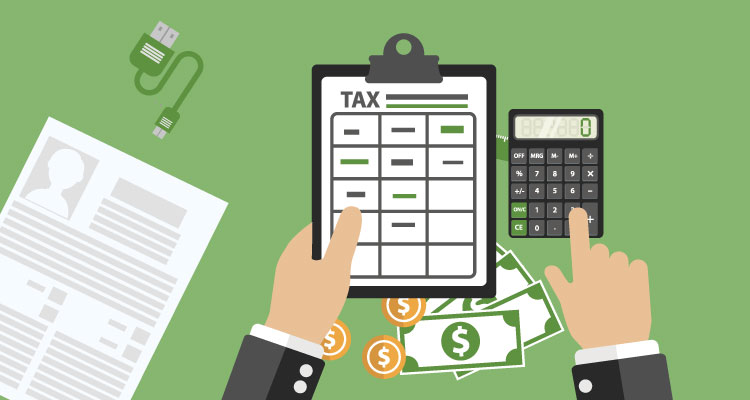Since we’re in the middle of tax season, it’s likely that you’re running numbers in your business. I know I am. Aside from the end of the year when I look at what to spend, this is usually the time I look at what needs to be cut out of my business.
After several years of pouring money into my business, it’s time to reel it back and focus on increasing profit. Here are the financial metrics I look at to decide what stays and what goes in my business.
Table of Contents
ToggleGross Revenue Vs. Net Profit
The first thing you need to look at when it comes to financial metrics is your gross revenue versus your net profit. Your gross revenue refers to all the money your business brought in during the last year. The net profit refers to the money left over after expenses.
Ideally, you’ll want to increase the net profit over time. There are only two ways to do this: reduce expenses and make more money.
Return on Investment
After you’ve determined your gross revenue and net profit, it’s time to start looking at financial metrics that can help you increase your profit. My favorite metric for measuring this is to look at ROI. In other words, look at the investments that are giving you results. You’ll also want to determine which investments aren’t giving you results and what other options you have available.
For example, I pay $400 annually for autowebinar software, but I can directly link that autowebinar to thousands of dollars worth of sales. In other words, this investment stays for 2018.
On the other hand, graphic design isn’t giving me as much ROI. I’ve noticed that images of myself perform much better on Instagram and drive more traffic. This means two things. First, I can cut out the graphic design expense since it’s not yielding results. Two, I can invest in a camera that costs me less than the graphic design expense and will likely get better results.
What’s Not Working Anymore
In addition to looking for financial metrics like return on investment, you can also look at what’s not working. For example, I noticed some time ago that certain administrative costs were no longer working for me. Software has taken care of several administrative tasks like email and scheduling. I can also find an intern from a local university to help with things like pitching media.
The end result? I got rid of the expense of outsourcing several administrative tasks because it is no longer necessary. At the very least, I significantly reduced the expense and am now getting better results.
Taxes
Another one if the financial metrics you’ll want to look at is taxes. Aside from overhead, this is one of the biggest costs for business owners. Rather than trying to figure this out yourself, I suggest working with an accountant for better tax planning.
For example, my accountant got me within the $100 range of what I owe in taxes this year. This is awesome. What makes it even better is that $100 will be completely offset by contributing to my SEP IRA. I’ll even get a refund as a result! If it wasn’t for my accountant, I wouldn’t know this.
Financial metrics like taxes and ROI are an important part of running a business. If you don’t keep these things in check, you run the risk of experiencing cash flow problems. Use this time to look at your numbers and see what’s going on.
















